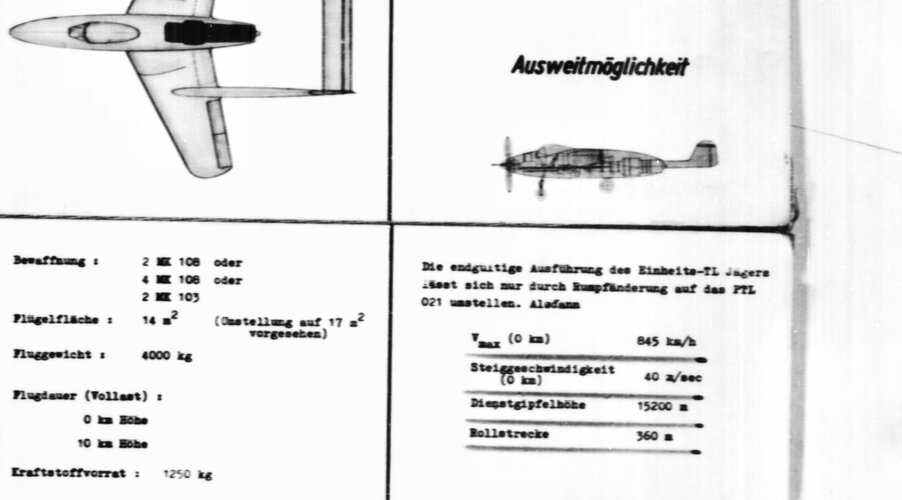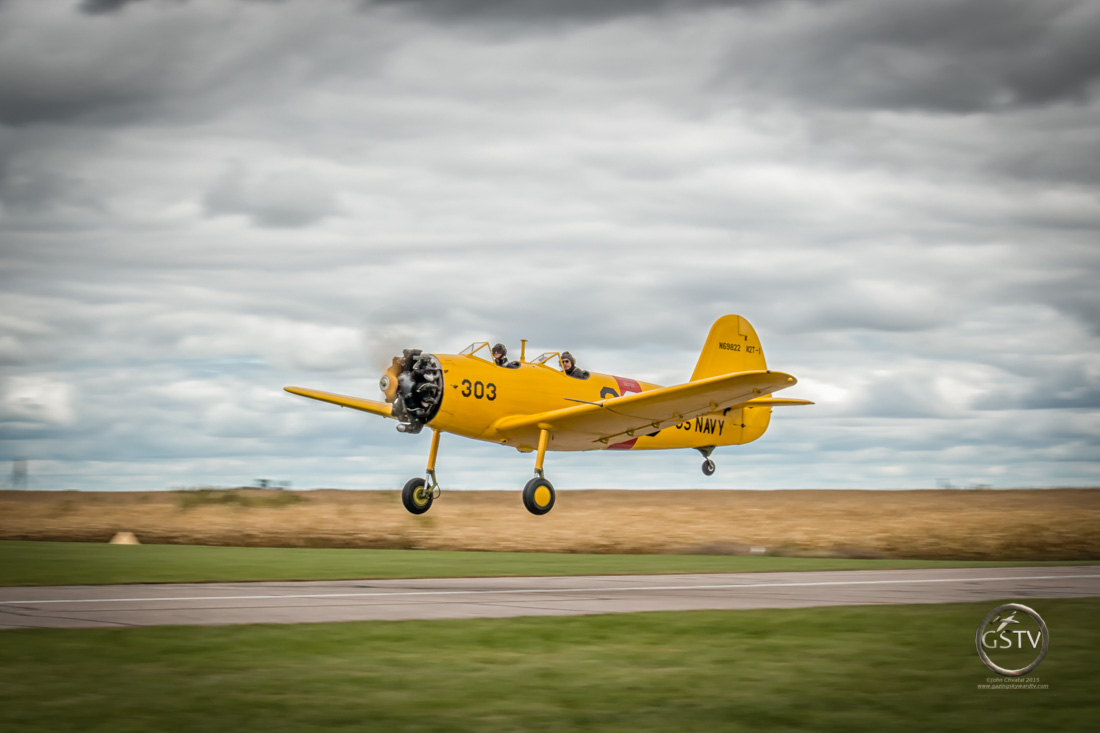Hi Dan,
Oh, that's interesting! Coincedentally, I walked along one edge of the vast factory grounds recently, with the relics on the other side of the old-fashioned concrete-post mesh fence giving a definite "lost place" vibe. I have no idea if these abandoned buildings all go back to the WW2 era, but I wouldn't be surprised if they did.
Regards,
Henning (HoHun)
The glue used for the He 162's wings is referred to as 'P 600', a phenol resin produced by Dynamit at Troisdorf.
Oh, that's interesting! Coincedentally, I walked along one edge of the vast factory grounds recently, with the relics on the other side of the old-fashioned concrete-post mesh fence giving a definite "lost place" vibe. I have no idea if these abandoned buildings all go back to the WW2 era, but I wouldn't be surprised if they did.
Regards,
Henning (HoHun)


